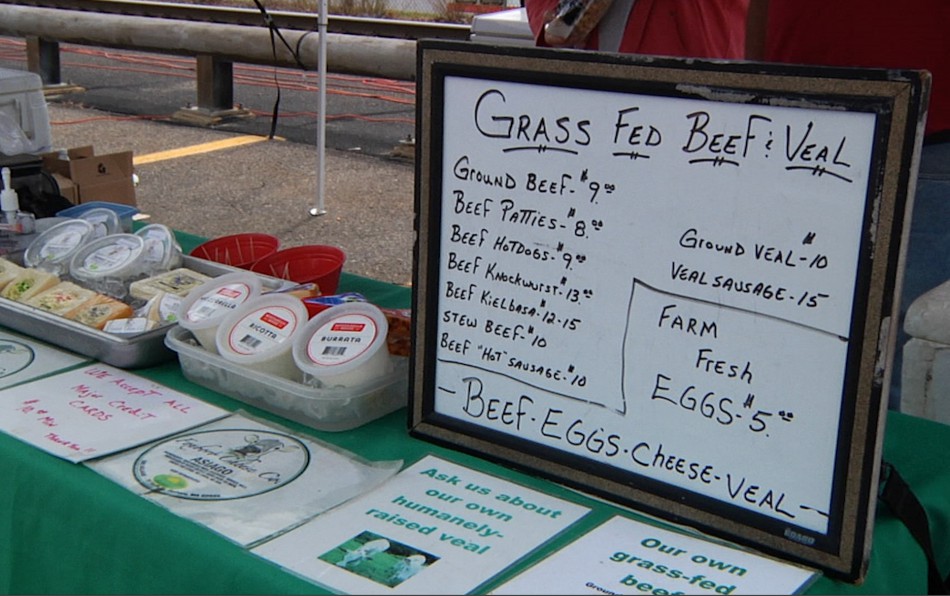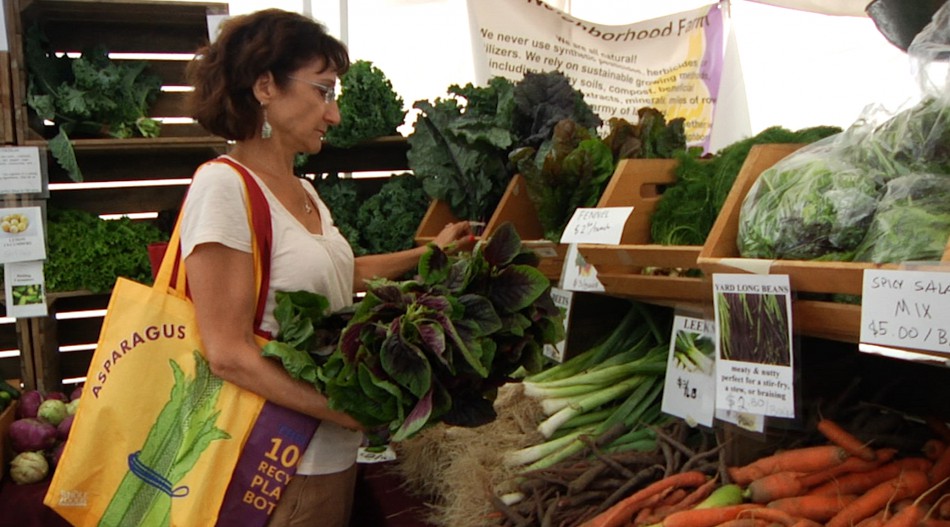 All too often it is thought that smaller (local farming) is better for the animals and that industrial (factory farming) is worse for the animals. But it is not the case that “small” is necessarily better and that “large” is necessarily worse when it comes to slaughter plants. Larger slaughterhouses are more financially stable and better equipped to train employees about the specifications of humane slaughter. While small slaughterhouses are under the same humane slaughter regulations as larger slaughterhouses, their challenges are greater in regard to both economic viability and employee training. What all slaughterhouses (large, small, and in between) have in common is that the USDA inspectors who have oversight over humane handling need better training and guidelines of enforcement.
All too often it is thought that smaller (local farming) is better for the animals and that industrial (factory farming) is worse for the animals. But it is not the case that “small” is necessarily better and that “large” is necessarily worse when it comes to slaughter plants. Larger slaughterhouses are more financially stable and better equipped to train employees about the specifications of humane slaughter. While small slaughterhouses are under the same humane slaughter regulations as larger slaughterhouses, their challenges are greater in regard to both economic viability and employee training. What all slaughterhouses (large, small, and in between) have in common is that the USDA inspectors who have oversight over humane handling need better training and guidelines of enforcement.
 To learn more about this issue, the following resources are recommended:
To learn more about this issue, the following resources are recommended:
Friedrich, Bruce. “USDA needs to take steps to stop abuse of animals,” Star Tribune, 25 April 2014, link to article.
Jones, Dena. “Crimes without Consequences: The Enforcement of Humane Slaughter Laws in the United States,” Animal Welfare Institute, 2008, link to PDF.
